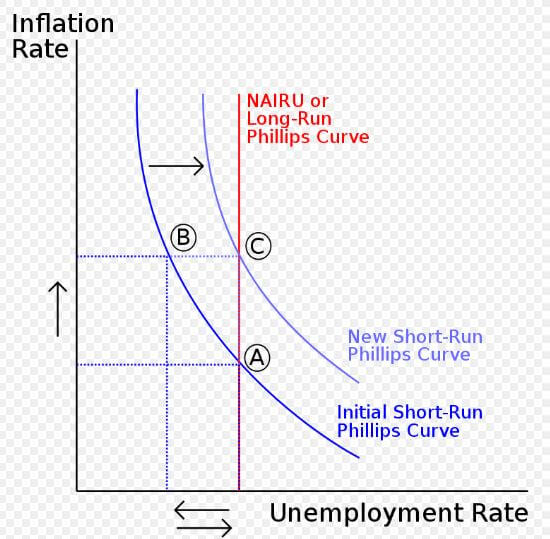Last Thursday, a greater than expected rise in the unemployment rate was reported. Unemployment rose from 3.5% to 3.7% in July, above the anticipated increase to 3.6%.
The Reserve Bank has frequently cited the low unemployment rate in justifying recent interest rate rises. Traditional macroeconomic theory posits a very tight relationship between inflation and unemployment.

Yet real unemployment may be much higher than ABS statistics on unemployment suggest. As a recent Australia Institute investigation explained, the unemployment rate misses a large portion of people’s change in employment status.
This is because the rate only includes people considered “in the labour force.” To be unemployed but in the labour force in any given week, a person must be able to work, have specifically applied for or searched for jobs, but not have worked for a single hour.
This narrow definition of the labour force is captured in labour market flows, that is, the change in the number of people with a particular employment status. In fact, the highest labour market flow is not between employed and “unemployed”, but between employed and “not in the labour force.”
For example, in January 2023, of those who entered employment, only 21% had previously been “unemployed.” Likewise, of those who left employment in the same month, just 17% became “unemployed.”
If inflation is the issue at hand, it would make much more sense to consider the number of people in work as a portion of the total working age population.
Moreover, because a single hour of paid work per week means one no longer counts as unemployed, the increasingly casualised, precarious nature of the workforce is not captured by this instrument. Casualisation is particularly significant in industries like retail and hospitality, some of the most affected by falls in discretionary spending by homeowners.
A figure that consistently underestimates unemployment could still be a useful policy tool. A greater issue is when the figure is an increasingly inaccurate estimate.
Feature image courtesy of @nickxjones_ via Unsplash.
Sign Up To Our Free Newsletter